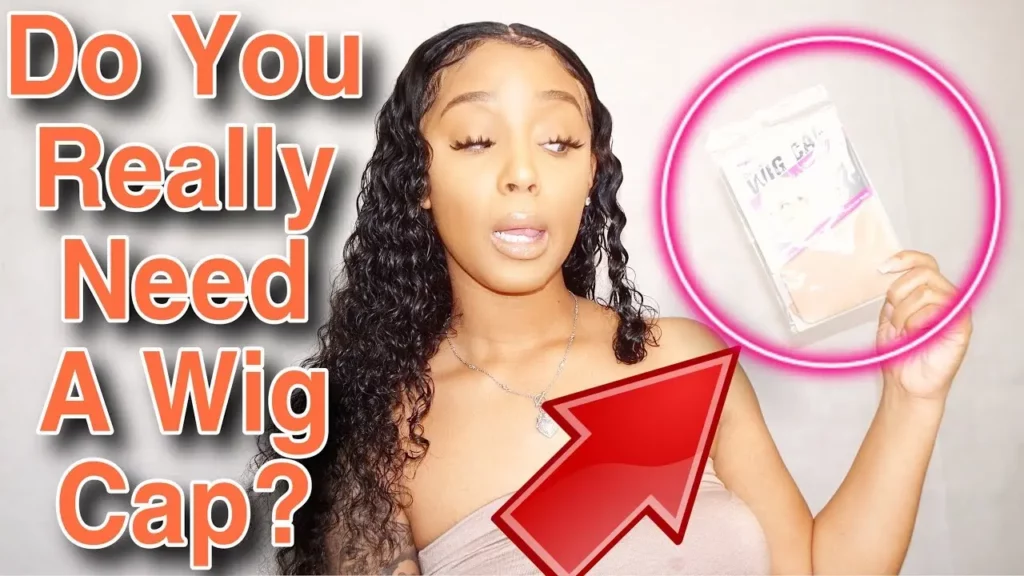
Are wig caps bad for your hair?
Wig caps are not bad for your hair. They are typically made of materials like nylon, polyester, and spandex which are considered to be safe for the hair.
Wig caps can help you maintain a style that you want with minimal effort. They also provide a protective layer from the harsh chemicals in hair dye that can damage your hair or scalp.
So, if you want to wear a wig cap, it’s best to do so only when needed and make sure you wash your hair thoroughly afterward.
The most important thing to remember is that you should always consult with a professional before wearing a wig cap – especially if you have thinning or damaged hair.
This article will answer some common questions about wig caps and their effects on natural hair as well as provide tips on how to keep your hair healthy while wearing them.
Do wig caps damage your hair?
Wig caps are made of synthetic fibers that can be damaging to your hair if you wear them too often or for too long.
They can cause dryness and breakage, leading to more damage in the long run. If you have naturally curly hair, it is best to avoid wig caps altogether as they will make your curls worse than before.
Should you wear a wig cap?
If you’re new to wearing wigs, you might have wondered if you need a wig cap underneath your wig.
Since it can get sweaty under the wig and add static electricity that can cause unsightly damage to your natural hair, it’s best to keep them tucked away under there. If you’ve been donning these protective covers for a while now, this question
If you google whether or not to wear a wig, there are many results you might come across. Some of these are conflicting.
Wig caps are the best way to ensure your wig will stay on. They offer a few benefits, including protection from heat, sweat and oil and when you follow the correct technique of putting them on, they can even help extend the lifespan of your wig.
One of the many problems with a wig cap is that they can cause your wig to slip out from under it and fall off.
So how do you figure out if wig caps are for you?
There are some benefits and drawbacks to wearing wig caps. The benefit is the feeling of security you get from the hair, but this does not mean you should wear them daily or when it is hot outside.
Wigs caps might not be the best choice for you. We broke down the pros and cons of wearing them so that you can make a more informed decision.
The Pros and Cons of wearing a wig cap
Wig caps are a type of hairpiece that cover the head. They are usually made from synthetic fibers, such as nylon or acrylic.
Wig caps are available in many colors, textures, and styles. Wig caps provide an easy way to cover up your hair and can be a good option for people who are in the process of growing their hair out.
They are also very helpful for people who suffer from hair loss or alopecia. However, they have some drawbacks as well.
The pros of wearing a wig cap include:
• Women suffering from sensitive skin know just how important it is to find a cap that not only provides comfort but also fits your head well. Wig caps can work wonders for many people, whether you have long hair or a short one.
Wigs are commonly associated with wearing discomfort. The cap is a wig’s natural companion which can make it much easier to wear, especially for women who are on the hair loss end of the spectrum.
• Wigs are connected to a lot of sweat, which can soon build up on top. Oil from your skin and makeup can also cause mildew along the hairline.
You must wash that wig after applying it to your head, for the first time. After that, make sure you don’t apply any oils anywhere near it.
Wig caps work like a smooth, even surface for everything to go on top, and guarantee that nothing will slide around or fall off.
• Wig caps are typically a must-have for any woman who wishes to wear a wig as it secures any stray hairs underneath the wig and keeps them in place. This is beneficial for women experiencing hair loss as well.
• Many women choose to go bald to look more fashionable, which gives them an edge in the workplace. Sometimes you can see the difference in the shape of their head that makes it look really good!
For wigs to sit properly on your head and look natural, you need to smooth out any mats or tangles with a brush and then spray it with a wig enhancer.
The cons of wearing a wig cap:
• When undergoing chemotherapy, it can be easy to overheat during your treatments, especially if you’re wearing a wig.
If you’re someone who overheats easily, wearing a wig cap in the name of protecting your scalp and skin is a smart idea.
They can prevent discomfort, record breakouts on your scalp, and soothe any skin conditions coming from heat.
• You should not assume that a wig cap is labeled as one-size-fits-all, and you may need to find a size that fits you.
Women might order one-size fits all items online that don’t fit because they’re not customized to their individual needs
Some heads are larger than others and it will depend on which type of head you have. For instance, a woman’s head is round, while an older man may have a more square-shaped head.
If your head is more circular in shape and if your wig cap turns out too tight over time, then wearing the right size wig cap can be helpful for you.
Size that fits is important when you’re wearing a wig and it can cause the wig to slip off if you cannot find one that fits.
• Wearing a wig cap that is made from cotton and nylon can cause problems for individuals with sensitive skin because these materials can re exude sweat.
Nylon can be itchy and scratchy, but it can also help prevent the skin from becoming irritated. It’s better than cotton because of its airiness. Cotton is great for liquid retention, but not much else.
How do i protect my hair under a wig?
There are many ways to protect your hair under a wig. Some of the most common methods include using a hair cap, a wig cap, or a silk scarf.
Protect hair using a wig cap:
One of the most popular ways is using a wig cap, which is made from adhesive-backed fabric that goes over your head and covers your natural hair.
Protect hair using a hair cap:
Hair caps can be found in most wig shops or online. They are usually sold in packs of three and cost around $5.
Protect hair using a silk scarf:
If you want to make sure that your hair doesn’t get tangled up with the wig, try using a scarf or a bandana.
Wigs can be fragile and delicate, so you should be careful when handling them. The best way to avoid damage is to avoid pulling on the wig at all costs.
Conclusion:
There are pros and cons to wearing a wig cap. It’s more important to do what’s best for you personally, but consider consulting with experts before deciding.
So you’re still not sure? Try spending a few days wearing your wig with and without a wig cap.
Do you feel more comfortable with the wig cap on or off?
Did you look better, with or without the wig cap?
The goal of a wig cap is to provide maximum comfort for you, which will make for a better-looking wig.
If you have trouble finding the perfect fit, or aren’t satisfied with your current wig cap, try looking for one with adjustable straps that can help give you more versatility and options.


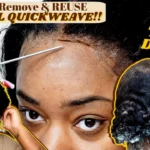
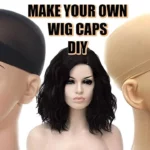
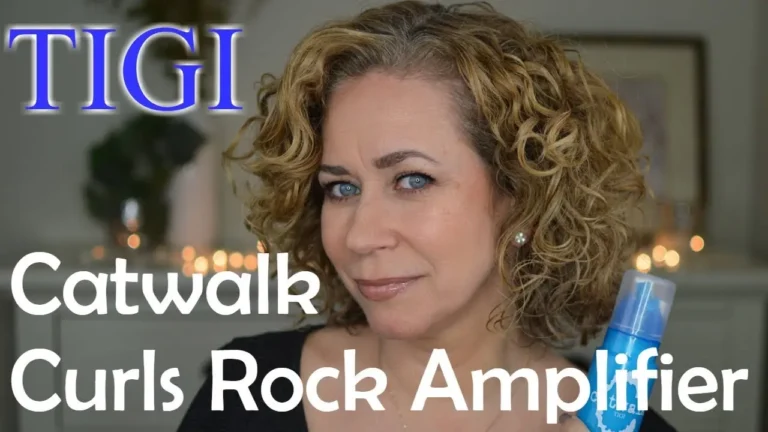
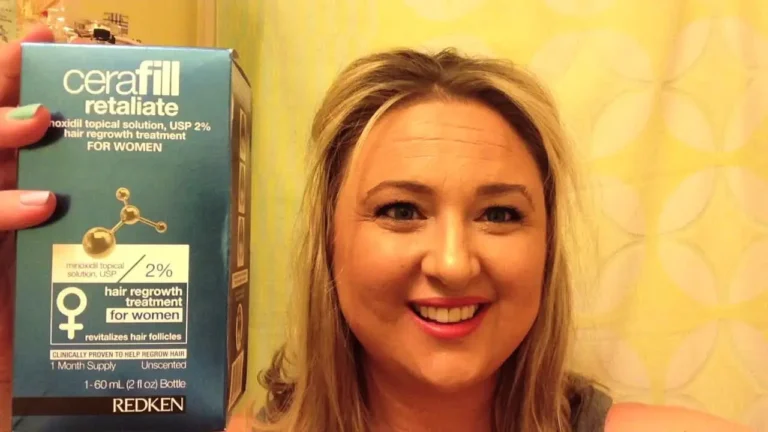
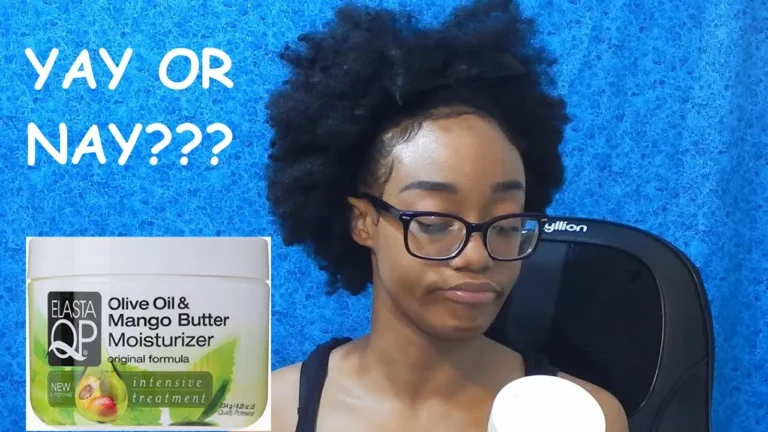

Comments are closed.